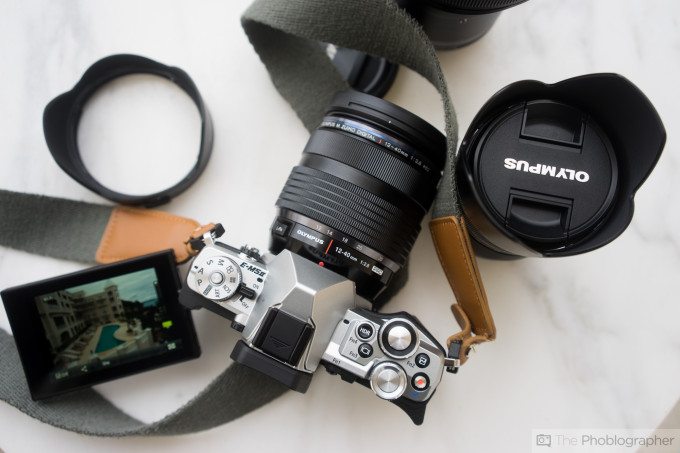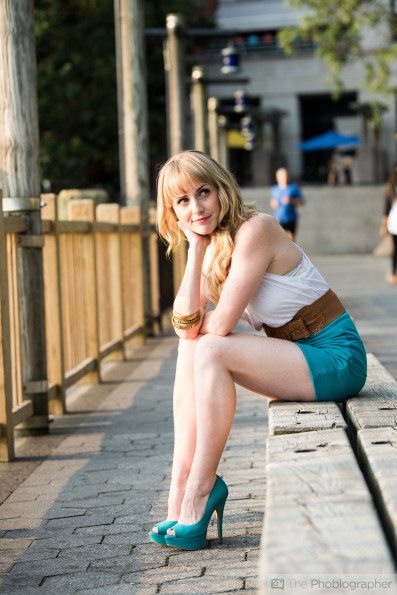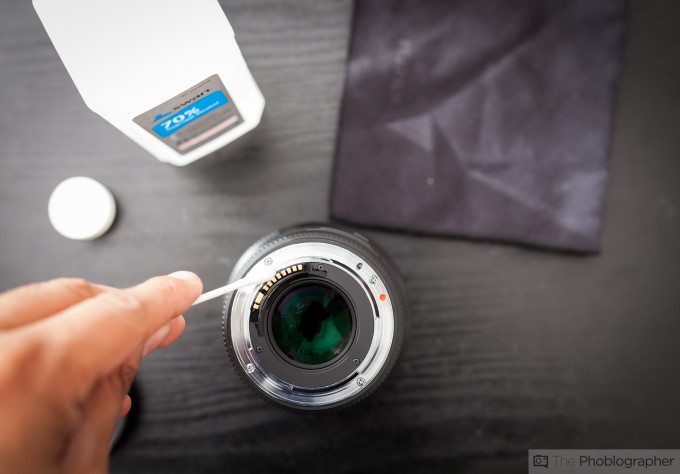When we test cameras, we always try to gauge how the autofocus performance works in various situations. We’ve learned how to get the best autofocusing performance from different camera systems and developed better practices to see how good the focusing really can be.
Now if you want your camera to actually autofocus better, you’ll need to know a couple of things.
Single Focusing Point
This is the most obvious step for many of the more advanced photographers, but the fact is that lots of folks don’t do it. Your camera is automatically set to analyze an entire scene and figure out where to focus based on that. It will focus on whatever object it thinks you want in focus. But by selecting a single focusing point, you can greatly aid the process. It will scan a scene and realize that you want to focus on that specific area. Then the camera will do said task and the process will be much more streamlined and significantly faster.
To do this, you can select the center focusing point (which is what many shooters do) or choose a single focusing point and use the camera to select which point it should be using.
AF Assist Lamp and Removing the Lens Hood
For many photographers, using the AF assist lamp just isn’t an option. It gives you away and it’s essentially like shining a spotlight on someone before you shoot. But if you’re in a low light situation and you need to get better autofocus performance, then turn the it on. In many cases, the lamp’s light is blocked by the lens hood, so taking off the lens hood can also help.
Not Stopping Down Too Much
When it comes to tracking moving objects, many cameras don’t perform so well when the lens is stopped down beyond f8. Open the aperture up a bit more and instead of stopping the lens down to get the subject in focus, try using a specific point and keeping that point on the subject.
Placing Points on High Contrast Areas
If your camera still refuses to focus on your subject, we strongly suggest that you place the single focusing point on a very high contrast area–like the eyes. Cameras often have no problems focusing on these areas, but otherwise, it can become a bit tough depending on the type of lighting situation you’re in.

When the autofocus performance of a camera really starts to suck during our tests, we combine this tip with using the AF Assist lamp. It works most of the time and only hasn’t worked in a situation with absolute darkness and candlelight.
Micro Adjustment and AF Fine Tuning
If you’re focusing on a specific spot but the lens and camera seem to be just a bit off, you’ll want to consider micro adjusting or tuning the autofocus with the specific lens. This is a process when you tell the camera to focus closer or further out by a couple of millimeters back and forth to get the image sharper. This is best done with a stationary object, a tripod, and perhaps a flash to illuminate your subject.
Lens and Camera Contact Maintenance
Getting the focusing right the first time around starts with proper communication between the camera and the lens. For that to happen, the channels need to have dirt and grime removed. We’ve got a whole post on how to do this.





